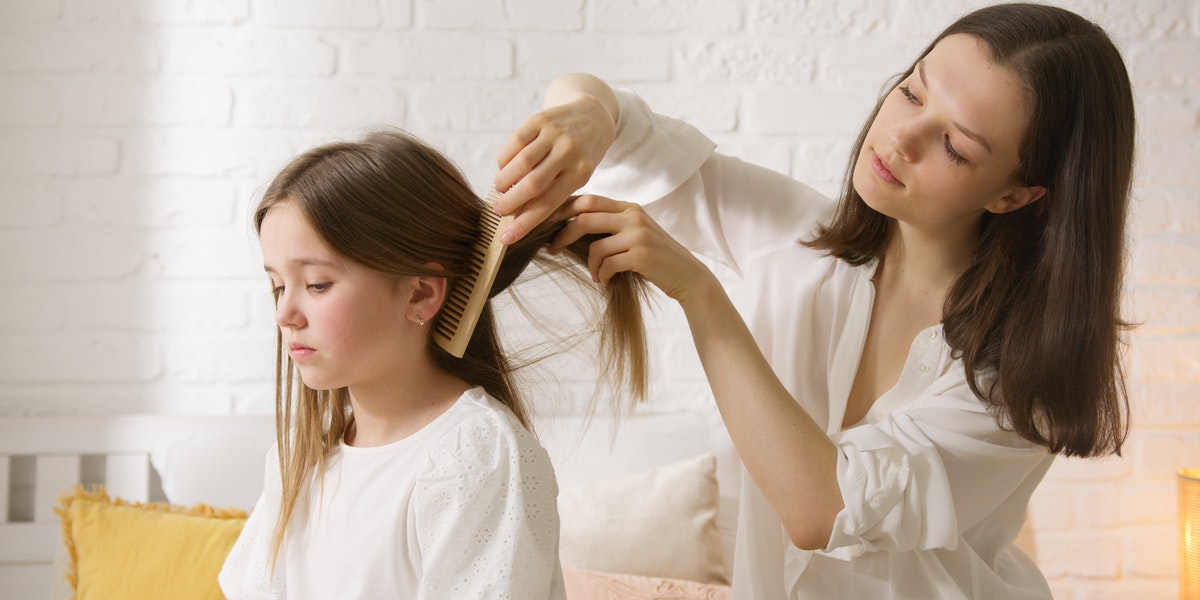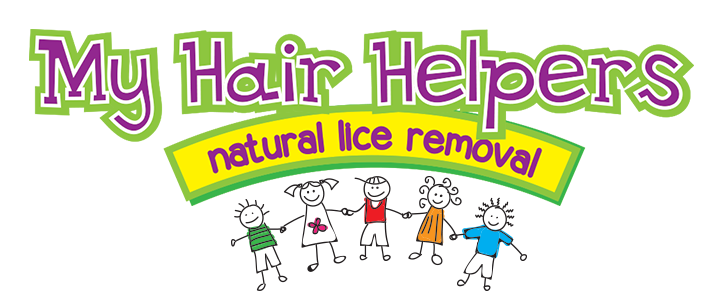Head lice are a common problem that typically affect school-aged children. It doesn’t matter if the hair is clean or dirty – head lice will take any viable host. They grab onto the hair and climb up to the scalp, where they’re able to stay warm and feed on human blood. Head lice are found all over the world and in all different places, particularly schools, daycare centers and camps.
While head lice are a nuisance, they don’t cause any serious illness. There are also safe, effective solutions that allow you to manage a head lice infestation at home. Or if you’re more comfortable, you can take your child to a head lice removal salon.
Let’s learn more about the life cycle of a louse so that you can see how quickly they multiply.
Stages of Head Lice
Head lice live about 28 days. There are three phases:
- Egg or nit. Lice eggs hatch in 6 to 9 days. They’re usually found glued to the scalp because they cannot survive if they are farther away.
- Nymph. Once hatched, nits turn into nymphs, which look like adult lice but smaller. Nymphs become adults in 7 days.
- Adult louse. An adult louse can multiply extremely fast and lay about 10 eggs a day.
The cycle will repeat itself every three weeks if left untreated. The only way to stop the life cycle is by managing head lice with an appropriate lice product for kids.
Life Cycle of Head Lice
The stages of head lice are broken up into the following distinct phases:
- First, the eggs are laid near the scalp. They firmly attach to the hair. About one week later, nymphs emerge from the egg.
- Two days after they hatch, nymphs go through their first molt. They get bigger with this molt. Then, they molt again and get even bigger.
- The third and final molt takes place 5 days later, and the nymphs are now adults.
- Adult lice start to mate and reproduce immediately.
- Females lay their first batch of eggs around 2 days after mating. They can keep laying eggs for the next 16 days.
- After 35 days, most adult lice die.
Lice are Curable – But Chemicals are NOT Necessary!
Fortunately, head lice are curable. There are a few different techniques you can try to remove the lice. For example, if the infestation isn’t bad, you can wet comb the hair and remove active lice with a lice comb. If the infestation is moderate to severe, you will need to use a head lice removal product.
Many head lice treatments are sold over the counter, but they contain ingredients like pesticides and insecticides that can be harmful to human health. You do not need to use these chemicals to address head lice – it’s not necessary. In fact, lice are growing increasingly resistant to these ingredients.
My Hair Helpers offers a dimethicone lice oil that suffocates head lice in just one application. Your child can then return to school the next day! Our products are safe, natural and guaranteed to work. We also have lice sprays, shampoos and conditioners that will leave your child’s hair smelling great – while also keeping head lice away.
Now you know how quickly head lice can multiply – and what you can do to stop them!


